Aladin Borioli
"One of the things that does not assist visualizing a bee’s desire is an approach that assumes we are already completely familiar with its point of view or that it necessarily aligns with existent theories." – Bas Blaasse . C/O Berlin Talent Award 2023 – Theorist

At first glance, one can make out a bizarre face carved in wood. But there is far more hidden behind the narrow opening depicting a mouth: it is the entrance to the fascinating world of bees. What we see is one of only a few extant Bannkörbe – beehives made from organic materials including wood, straw, and cow manure. This unique form of beehive and craftsmanship was prevalent in northern Germany between the sixteenth and nineteenth centuries. These hives, each one of a kind, are characterized by their grotesque masks, which were intended to ward off the “evil eye” and honey thieves. Within the field of bee research, they reflect the belief in magic and thus provide an alternative model to the dominant concepts of “modern” beekeeping, which often seeks to use modern technology to achieve productivity, profitability, and control over bees.
In his extended research project Bannkörbe, Aladin Borioli (b. 1988, Switzerland) works with bee researchers, scientists, collectors, and apiarists, using artistic research to explore the sociohistorical, political, and ecological relationship between humans and all species of bees. This is one of many subprojects of Apian, a collaborative entity Borioli initiated, intended as an ever-expanding and ongoing archive that operates as a “ministry of bees”. The multimedia project Bannkörbe will be presented in an exhibition space for the first time at C/O Berlin.


The multipart exhibition is divided across a number of stations that shed light on the concept of the beehive, ancient beliefs about bees, and fascinating techno-logical possibilities to implement alternative beekeeping methods. The exhibition comprises artworks by Borioli, a catalogue of photographs featuring previously unpublished images of Bannkörbe, and a corpus of archival and research material from bee studies and cultural history can be explored. A video installation in a separate room lets visitors experience a “modern” beehive firsthand from the inside, and an interactive research area invites them to delve deeper into the topics.
In his practice, Borioli works at the intersection of art and science and of photography, philosophy, and field research. His approach is meticulous and inspired, working in the tradition of visual anthropology. The artist’s collaborative approach creates an unusual synergy between partners, disciplines, and approaches, enabling new ways of thinking about bees and – where possible and compatible with ethical guidelines – seeing from the bees’ perspective. In light of the alarming death of bees over the past decades, the exhibition Aladin Borioli . Bannkörbe is an attempt to anchor the topic of sustainable beekeeping practices in our present moment and to encourage a more active caring for bees.


The jury viewed Aladin Borioli’s artistic approach as the ideal interpretation of New Documentary Strategies, the topic for which the C/O Berlin Talent Award is presented. The artist receives a cash prize, and his work will be shown in his first institutional solo exhibition at C/O Berlin in Aladin Borioli . Bannkörbe. The exhibition will be accompanied by a catalogue published by Spector Books, Leipzig, with an essay and interview by 2023 C/O Berlin Talent Award Theorist Bas Blaasse.
Aladin Borioli (b. 1988, CH) studied graphic design at the École d’arts appliqués de La Chaux-de-Fonds, photography at the University of Art and Design Lausanne (ECAL), and holds an MA in visual and media anthropology from Freie Universität Berlin. His work operates at the nexus of art, science, and beekeeping and he has received awards and fellowships in both the arts and the sciences, most recently a fellowship at the Hanse-Wissenschaftskolleg. The artist’s works have been shown at the Images Vevey festival, Centre d’Art Neuchâtel (both Switzerland), and elsewhere. His 2020 publication Hives 2400 B.C.E. – 1852 C.E. presents archival materials he gathered on the topic of beehive.
Bas Blaasse (b. 1991, NL) writes about art and culture, often focusing on camera-based media and performing arts. His texts are situated at the intersection of fiction and theory. He studied philosophy in Leuven, Berlin, and Brussels, and photography in Breda. He works mainly between the Netherlands and Belgium, and is currently a contributing editor at HART Magazine.






